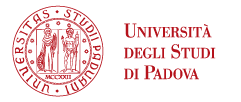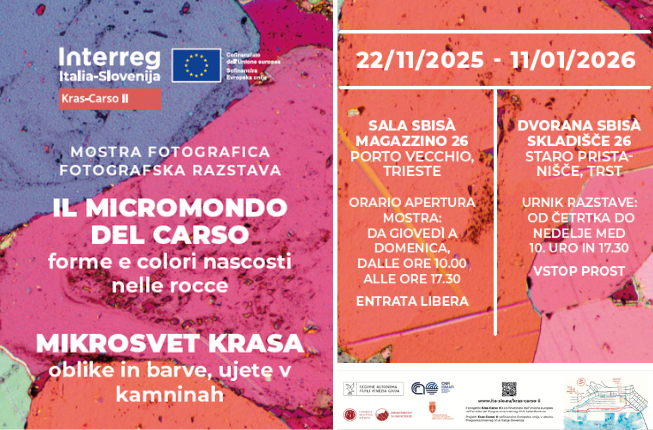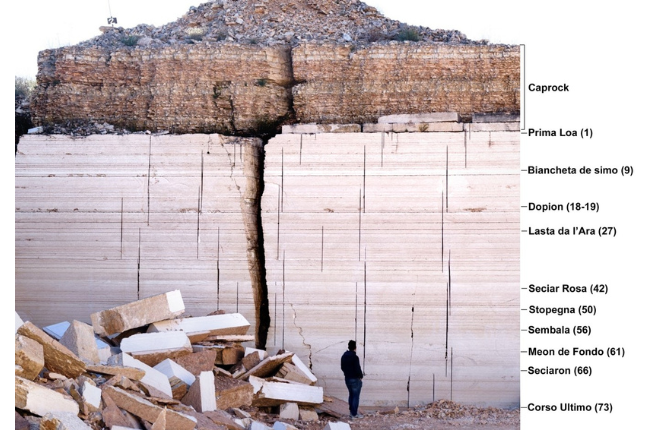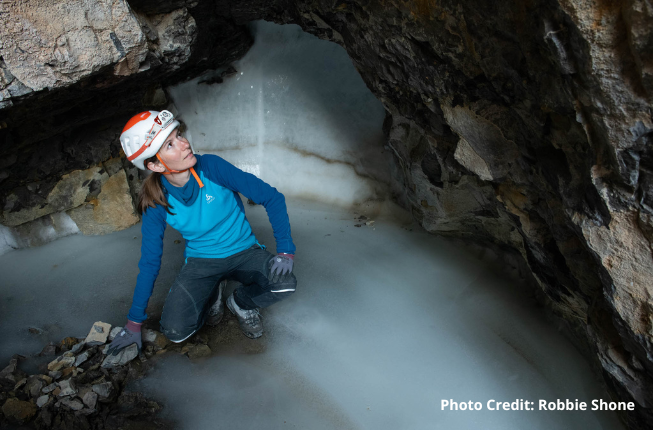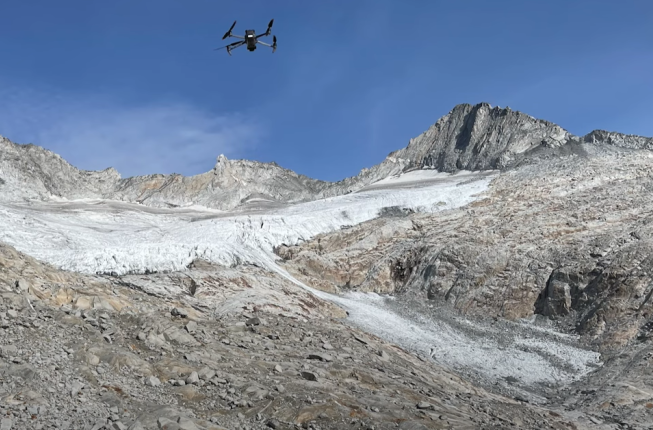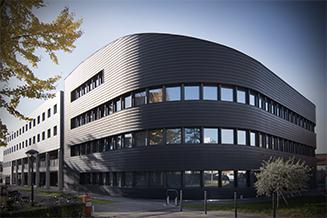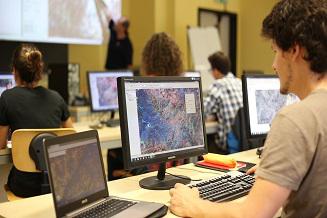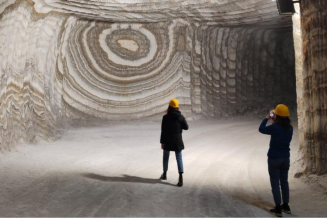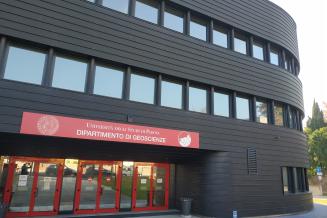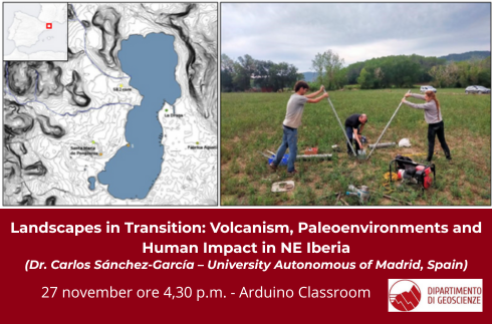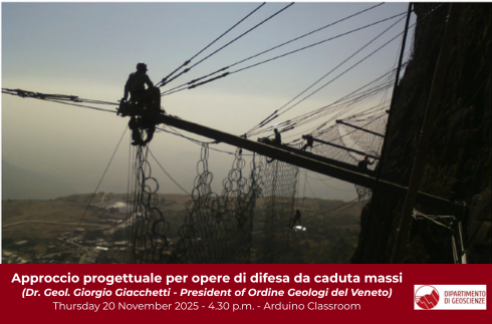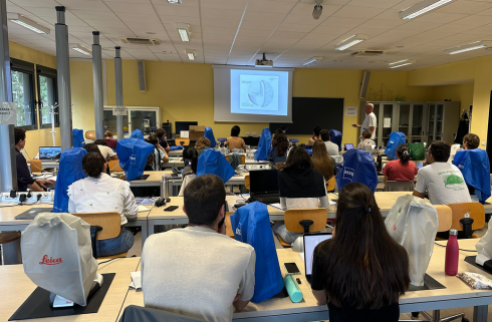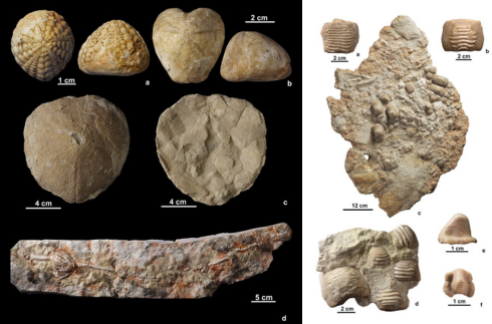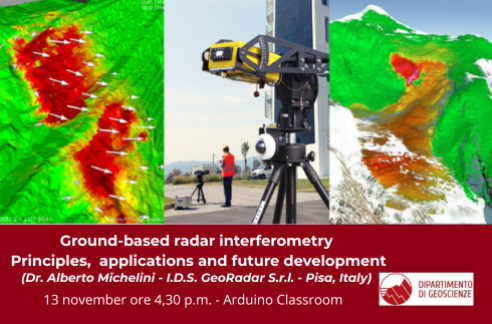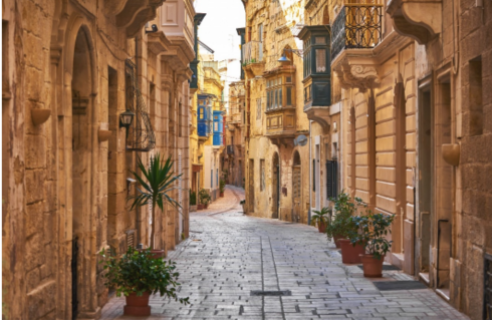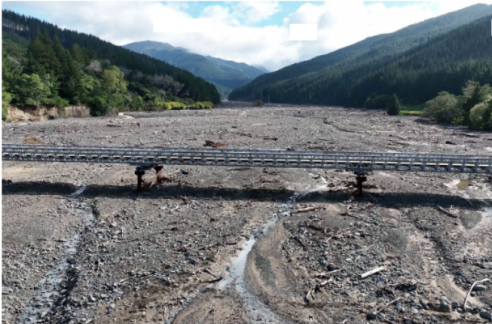Christmas Holidays Closing
The Department of Geosciences will be closed from 24 December 2025 to 6 January 2026. Activities will resume regularly on Wednesday 7 January 2025
Registration Open for the 2026 Europlanet GMAP Winter School
Scheduled from 26 to 30 January 2026, the Winter School is dedicated to the memory of Riccardo Pozzobon and will focus on the geology of the Moon and Mars and on the role of geological mapping in supporting future human exploration.
Bruna Carvalho’s project receives €1.3 million funding from MUR
Focused on critical metals, the project has recently received funding following the official completion of the FIS 2 call ranking list.
Piero Poli among the winners of the ERC Consolidator Grants 2025
Piero Poli, associate professor at the Department of Geosciences, is one of two winners affiliated with the University of Padua. His project, focused on the study of deep earthquakes, will receive funding of 2 million euro.
From the caves of Venezuela to the rocks on Mars: a new method for studying extreme environments
An international team, with the contribution of Francesco Sauro, studied the silica stromatolites of the Imawarì Yeutà cave in situ using portable technologies, with implications for planetary exploration
Katinka Bellomo and Francesco Marra among the winners of the 2025 FIS (Italian Science Fund)
The selection of two projects from the same research group, established less than three years ago, marks a significant achievement for the Department of Geosciences at the University of Padua.
Understanding Earthquakes: Scientific Progress and Interdisciplinary Collaboration
Geologists and seismologists working together to better understand earthquakes: the joint work of Giulio Di Toro and Stefan Nielsen demonstrates the power of collaborative research, combining fieldwork, laboratory experiments, and numerical modeling
"The Microworld of the Karst": A Fascinating Exhibition in Trieste Reveals Hidden Colors and Shapes in Rocks, „Mikrosvet Krasa”: v Trstu razstava za odkrivanje skritih oblik in barv v kamninah
Opening Saturday, November 22, in Trieste, a photographic exhibition invites visitors to explore the Karst rocks under the microscope. Free admission; open until January 11, 2026.
V soboto, 22. novembra, se v Trstu odpira fotografska razstava, posvečena kamninam Krasa, gledanim pod mikroskopom. Razstava, s prostim vstopom, bo odprta do 11. januarja 2026.
Geosciences Scholarships: Department Supports Students from Emerging Economies
Juan Sebastian Rodriguez Rinta from Colombia and Arsen Mamadbekov from Tajikistan are the two winning students of the first edition of the award issued by the Department of Geosciences as part of the Excellence Project
Fossils and Quarrying Activity: The Case Study of the "lastame" in the Lessini Mountains
A study led by the Department of Geosciences proposes the first risk assessment for a paleontological site in Veneto, where fossils are often found during the extraction of building stone.
Paleoclimatology in Arctic Caves: The Scientific Adventure of Gina Moseley
British paleoclimatologist and speleologist Gina Moseley visited the Department of Geosciences to deliver a seminar on her groundbreaking explorations in northern Greenland. The event, organized by the Diversity, Equity and Inclusion Committee, was followed by our exclusive interview with her
The Department of Geosciences hosts a new series of seminars for the I semester of the a.y. 2025/2026
Here the calendar of the seminars and workshops
Our department has experienced a great tragedy: Riccardo Pozzobon passed away on 2 September 2025
The Department of Geosciences is close to Riccardo Pozzobon's family after the tragic accident that occurred during a mission in Alaska. A talented, passionate and generous researcher, Riccardo leaves an everlasting memory in all his colleagues who had the good fortune to work with him.

